FORMERLY THE PROPERTY OF FRED ASTAIRE 1927 ROLLS-ROYCE PHANTOM I TOWN CAR (SINGLE CABRIOLET) COACHWORK BY HOOPER OF LONDON AND INSKIP OF NEW YORK Chassis No. 80 NC Engine No. XC85 Brewster green with black wings, green cloth and leather interior Engine: six cylinders in two blocks of three, overhead valves, 7668cc; Gearbox: four speed manual; Suspension: semi-elliptic leaf springs to front beam axle, cantilever leaf springs to live rear axle; Brakes: servo-assisted four wheel drum. Right hand drive. In the uncertain luxury car market that Rolls-Royce faced after the Armistice that ended the Great War in 1918, they saw no need to hasten into production with a successor to the well-loved Silver Ghost that had served so well since 1906. Indeed, annual production of the type was greater between 1920 and 1924 than it had been before the war. The company took seven years to test and refine their new design and when it appeared in 1925, Rolls-Royce announced that in their view it was the most suitable type possible for the conditions of the time. Conveniently, the new car's chassis was quite like the Silver Ghost's, and the long stroke pushrod overhead six-cylinder engine resembled that of the Rolls-Royce Twenty introduced in 1922, but with twice the swept volume. The factory declined to state the engine's output, being content merely to inform its customers that power was one-third greater than that of the Silver Ghost. The 100bhp that later enquiries established it to be provided a top speed of some 80mph, even when it was encumbered with bulky formal coachwork. It was a pace exceeded by few of its competitors and was matched by superb four-wheel servo-assisted brakes and suprisingly light steering. Initially titled the New Phantom, the car remained in production until the arrival of the Phantom II in 1929. A total of 3,453 Phantom I's emerged from the two factories in Britain and the USA. Hooper, with their famous bow-fronted showroom just round the corner from the Palace of St. James and Christie's, were one of the great London coachbuilding houses, proud of a history stretching far back into the carriage era, and of continuing Royal patronage. Their great strength was formal coachwork, fastidiously executed and restrained in detail. According to factory records, this chassis was equipped with one of Hooper's distinguished single cabriolet bodies and delivered in March 1927 in London to Harold C. Drayton Esq., of Newport, RI, who intended it for Continental use In the 'twenties Fred Astaire and his sister Adele entranced theatre audiences in New York and London with their incandescent performances in a string of smash-hit musicals. With 'Lady be Good', which opened in New York in January 1924, they became the biggest musical stars in Broadway's firmament. In those days the delicious Adele Astaire, witty, elegant, equally at home with slapsick comedy or romantic waltzes, was the big attraction. On stage, Fred was a little overshadowed, but it was his genius which drove their careers forward. Each hit musical was in turn brought to a major theatre in London's West End. The elegant Astaires were the toast of fashionable society. In 1923, Noel Coward brought Prince George the Duke of Gloucester, backstage to meet them. They were equally welcome in the drawing rooms of Belgravia during the London season, in the Royal Enclosure at Ascot, or on the grouse moors of the greatest families. Adele gracefully parried the attentions of high-born suitors queuing at the stage door of any theatre in which she appeared. She was often seen modeling the new season's fashions by Molyneux in the pages of the glossy weeklies. Fred's casual elegance was influential. His easy double breasted lounge suits, set off by brown suede oxfords, were echoed by His Royal Highness Edward, Prince of Wales. For the wealthy and well-connected, it was a brilliant time. In London the Astaires took sumptuous suites in the capital's newest, most exclusive hotel
FORMERLY THE PROPERTY OF FRED ASTAIRE 1927 ROLLS-ROYCE PHANTOM I TOWN CAR (SINGLE CABRIOLET) COACHWORK BY HOOPER OF LONDON AND INSKIP OF NEW YORK Chassis No. 80 NC Engine No. XC85 Brewster green with black wings, green cloth and leather interior Engine: six cylinders in two blocks of three, overhead valves, 7668cc; Gearbox: four speed manual; Suspension: semi-elliptic leaf springs to front beam axle, cantilever leaf springs to live rear axle; Brakes: servo-assisted four wheel drum. Right hand drive. In the uncertain luxury car market that Rolls-Royce faced after the Armistice that ended the Great War in 1918, they saw no need to hasten into production with a successor to the well-loved Silver Ghost that had served so well since 1906. Indeed, annual production of the type was greater between 1920 and 1924 than it had been before the war. The company took seven years to test and refine their new design and when it appeared in 1925, Rolls-Royce announced that in their view it was the most suitable type possible for the conditions of the time. Conveniently, the new car's chassis was quite like the Silver Ghost's, and the long stroke pushrod overhead six-cylinder engine resembled that of the Rolls-Royce Twenty introduced in 1922, but with twice the swept volume. The factory declined to state the engine's output, being content merely to inform its customers that power was one-third greater than that of the Silver Ghost. The 100bhp that later enquiries established it to be provided a top speed of some 80mph, even when it was encumbered with bulky formal coachwork. It was a pace exceeded by few of its competitors and was matched by superb four-wheel servo-assisted brakes and suprisingly light steering. Initially titled the New Phantom, the car remained in production until the arrival of the Phantom II in 1929. A total of 3,453 Phantom I's emerged from the two factories in Britain and the USA. Hooper, with their famous bow-fronted showroom just round the corner from the Palace of St. James and Christie's, were one of the great London coachbuilding houses, proud of a history stretching far back into the carriage era, and of continuing Royal patronage. Their great strength was formal coachwork, fastidiously executed and restrained in detail. According to factory records, this chassis was equipped with one of Hooper's distinguished single cabriolet bodies and delivered in March 1927 in London to Harold C. Drayton Esq., of Newport, RI, who intended it for Continental use In the 'twenties Fred Astaire and his sister Adele entranced theatre audiences in New York and London with their incandescent performances in a string of smash-hit musicals. With 'Lady be Good', which opened in New York in January 1924, they became the biggest musical stars in Broadway's firmament. In those days the delicious Adele Astaire, witty, elegant, equally at home with slapsick comedy or romantic waltzes, was the big attraction. On stage, Fred was a little overshadowed, but it was his genius which drove their careers forward. Each hit musical was in turn brought to a major theatre in London's West End. The elegant Astaires were the toast of fashionable society. In 1923, Noel Coward brought Prince George the Duke of Gloucester, backstage to meet them. They were equally welcome in the drawing rooms of Belgravia during the London season, in the Royal Enclosure at Ascot, or on the grouse moors of the greatest families. Adele gracefully parried the attentions of high-born suitors queuing at the stage door of any theatre in which she appeared. She was often seen modeling the new season's fashions by Molyneux in the pages of the glossy weeklies. Fred's casual elegance was influential. His easy double breasted lounge suits, set off by brown suede oxfords, were echoed by His Royal Highness Edward, Prince of Wales. For the wealthy and well-connected, it was a brilliant time. In London the Astaires took sumptuous suites in the capital's newest, most exclusive hotel

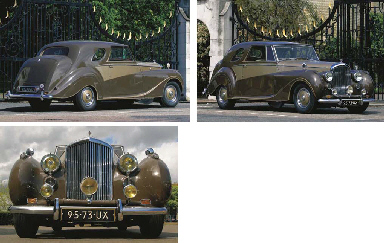
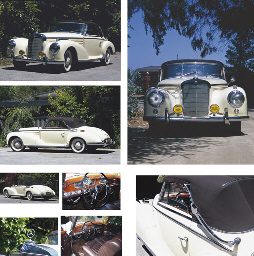
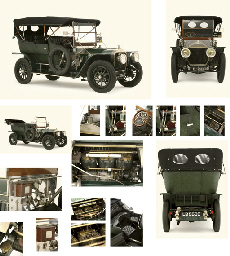
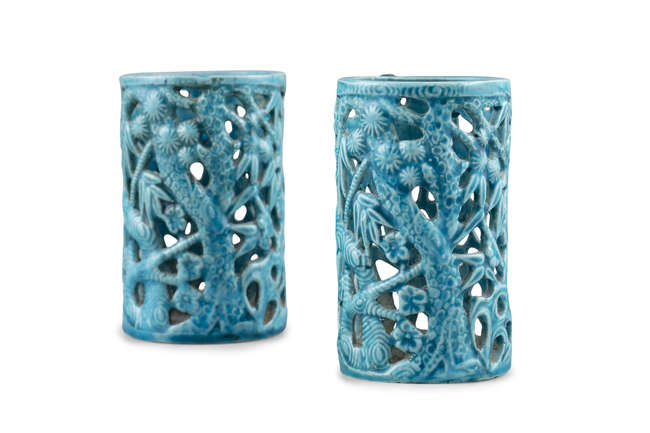
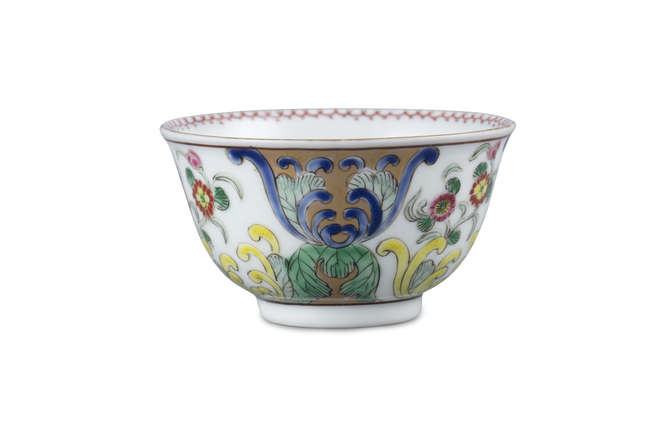

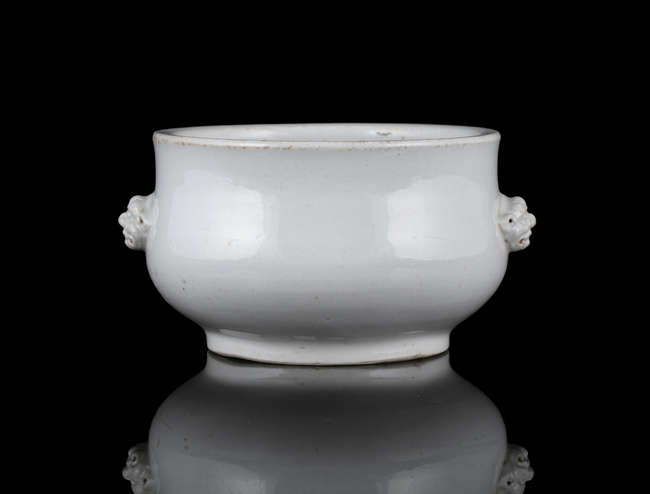
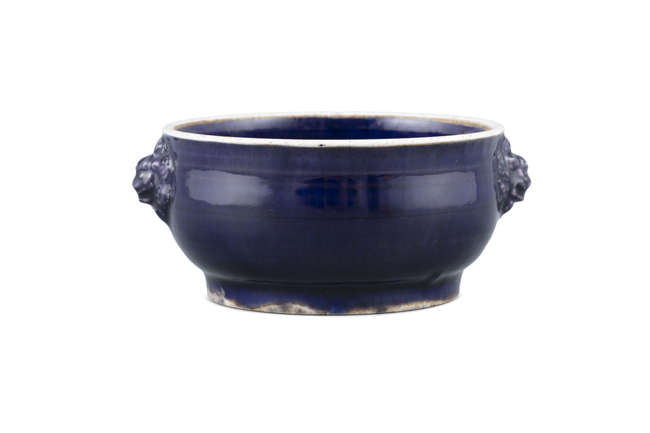

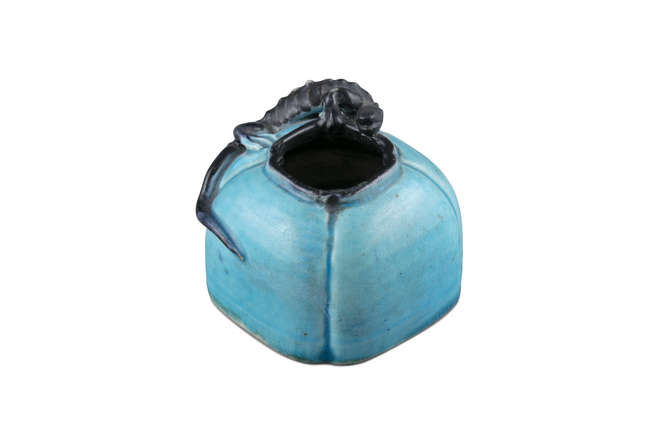



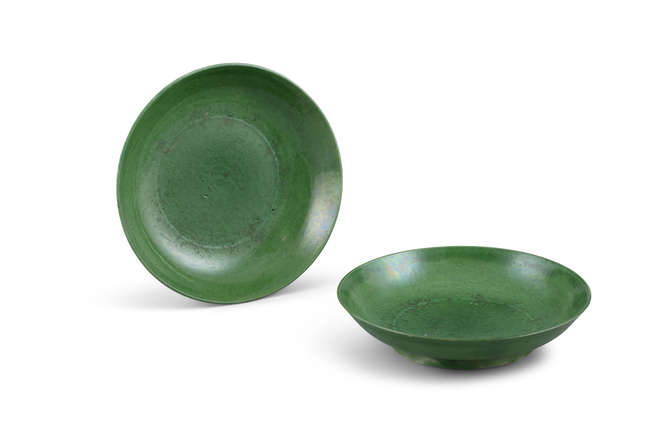
Try LotSearch and its premium features for 7 days - without any costs!
Be notified automatically about new items in upcoming auctions.
Create an alert